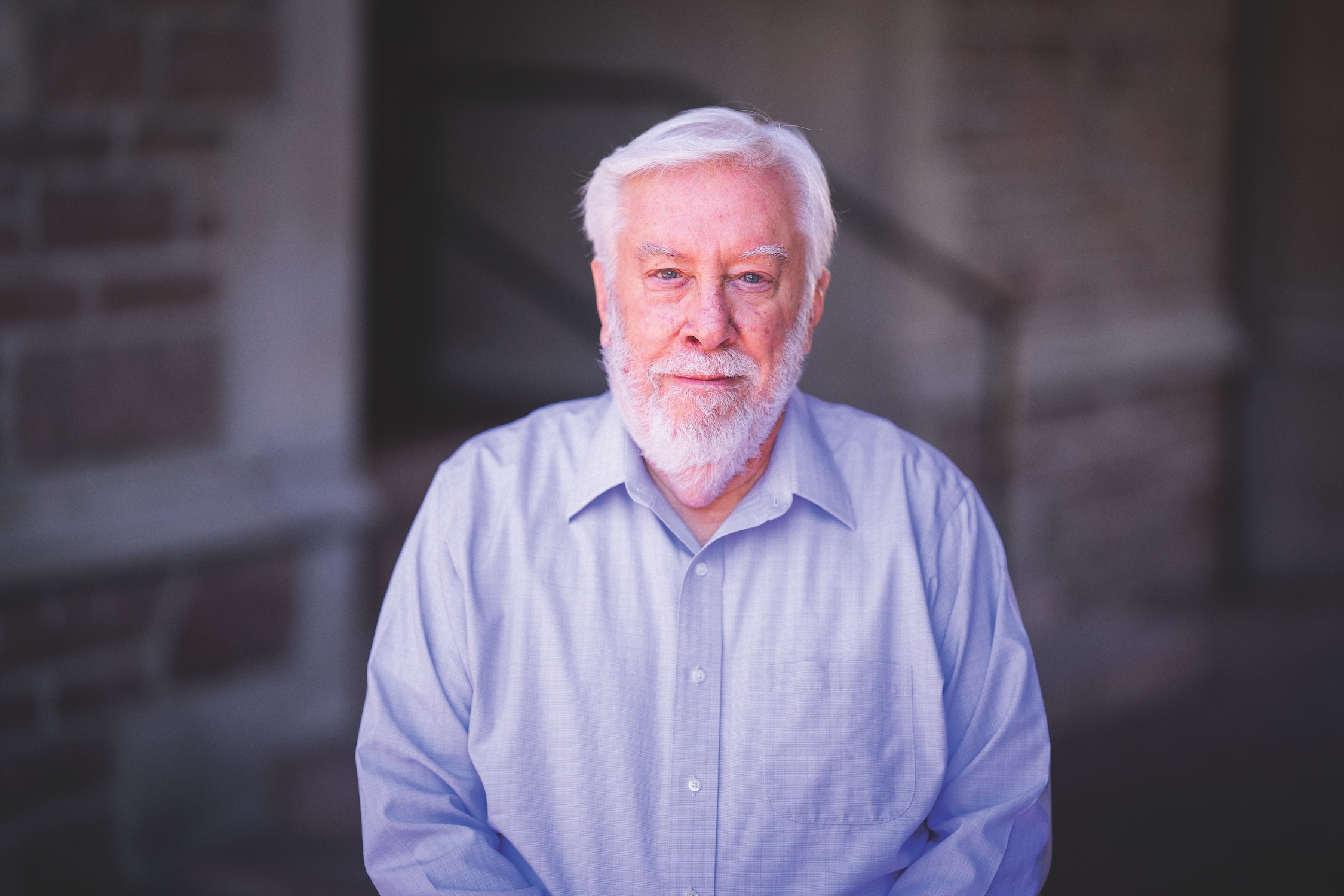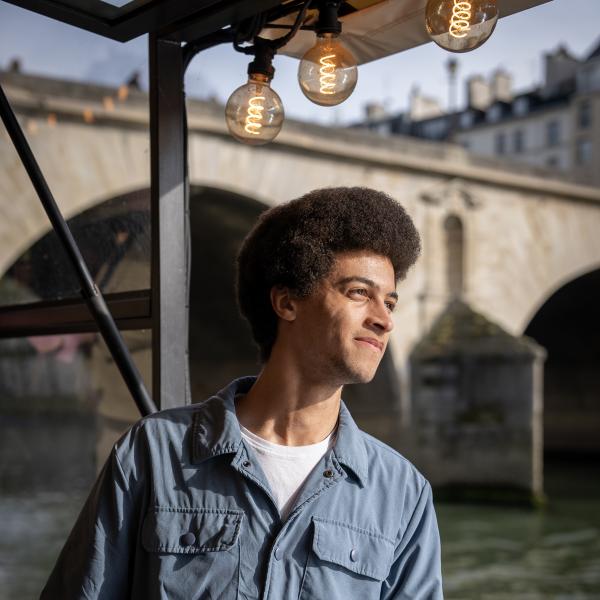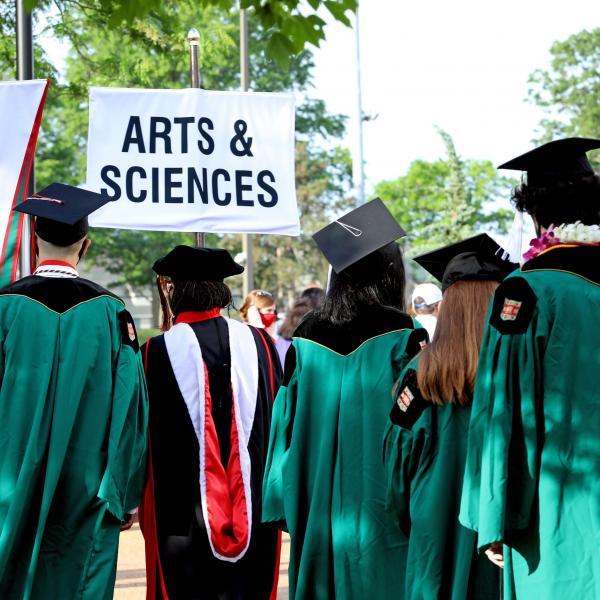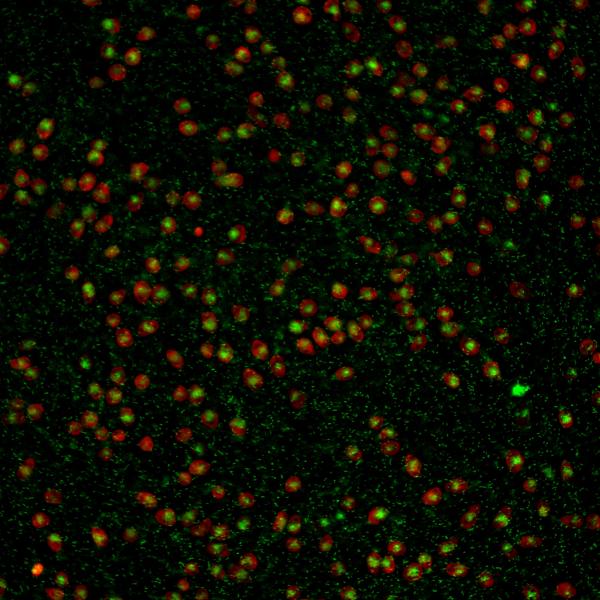Richard Smith, the Ralph E. Morrow Distinguished University Professor, retires from Arts & Sciences this year after decades of mentorship, research, and leadership.

Richard Smith found the perfect job at WashU. “Other people talk about having the best job in the world because they don't know about this one,” he said with a smile.
Smith’s retirement this year marks the end of a long and winding career in academia, including nearly four decades at WashU. He began his career as an orthodontist, a choice — made by a new college graduate, against the backdrop of the Vietnam War — born from necessity.
Smith began his time at WashU as a professor and chair of orthodontics in the now-closed School of Dental Medicine. Shortly after he joined the school’s faculty, he was asked to take on the role of dean and informed that he would need to help close the school. When it shut its doors in 1991, Smith transferred to the Department of Anthropology, where he’d had a joint appointment.
In 1993, Smith became the chair of the anthropology department. He also began teaching “Introduction to Human Evolution,” a seminal course that Smith transformed into a must-take for undergraduates. Smith’s goal was to teach a great course, one “where in the dorms students would say, ‘Oh, it doesn't matter if you're majoring in anthropology — take this.’”
And he succeeded. The number of anthropology majors at WashU increased during Smith's tenure, becoming the largest major for undergraduates.
Smith also won the deep respect of many students. After several years of teaching, students asked Smith to give “The Last Lecture,” a tradition started at Brown University that asks a notable professor to deliver their hypothetical final lecture. Smith was the first WashU professor asked to give this lecture, and the experience is one of his fondest memories.
In 2008, after 15 years as department chair, Smith became dean of what was then the Graduate School of Arts & Sciences. The new role was more challenging than expected, however, due to the 2009 recession.
“It was stressful, coming up with solutions to problems that we never had before,” Smith said. “There wasn’t a roadmap for how you decide what funding to cut.”
Smith served as dean for six years before returning to the anthropology department. After nearly 30 years of administrative obligations, he was excited to focus on research and teaching. The change allowed him to “be the faculty member I always wanted to be.”
The Ralph E. Morrow Distinguished University Professor has spent the last nine years publishing papers that challenge the status quo on statistical methods commonly used by biological anthropologists. He has also developed and taught two graduate-level courses that all anthropology doctoral students are encouraged to take.
Smith describes his time with anthropology as a “deeply meaningful, personal fit.” But after 39 years of service to the university, he is looking forward to spending retirement with his grandchildren, traveling, improving his chess game, and reading, while he and his wife Linda remain in St. Louis. When asked what books he plans to pick up, Smith said he plans to return to a childhood favorite: mystery novels.



